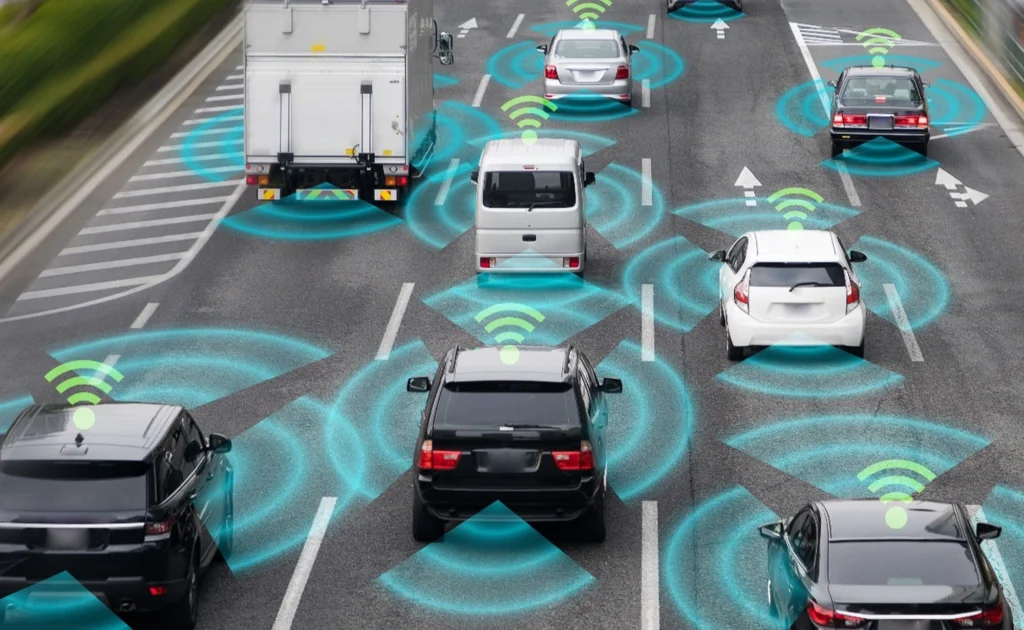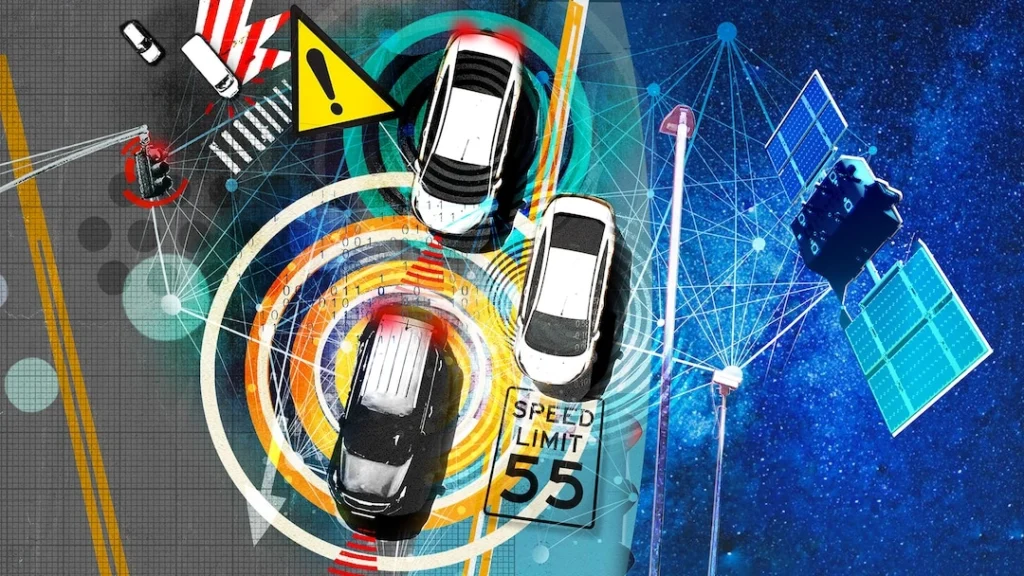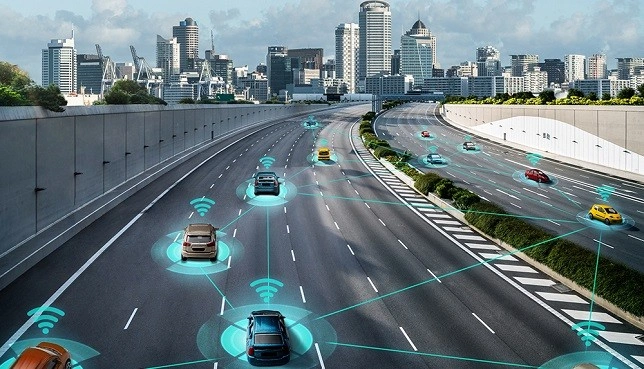Imagine a world where cars can talk to each other—warning one another about hazards, sudden stops, or even black ice before a driver can react. This isn’t science fiction anymore—it’s the reality of Vehicle-to-Vehicle (V2V) communication, and it’s one of the most powerful technologies emerging in the automotive safety space.
As roads get busier and vehicles become more autonomous, V2V communication is becoming essential for accident prevention, traffic management, and driver assistance.
Let’s explore how this innovative technology works and why it could redefine safety on the road.
🚘 What Is V2V Communication?
V2V communication allows vehicles to wirelessly exchange information with each other in real time. This includes data like:
- Speed
- Location
- Direction of travel
- Acceleration and braking status
- Steering wheel position
- Turn signal use
This data exchange happens via a dedicated short-range communication (DSRC) or cellular network (C-V2X), enabling vehicles to predict and respond to nearby threats—sometimes before a human can detect them.
🧠 How Does It Prevent Accidents?

1. Early Collision Warnings
If a vehicle several cars ahead suddenly brakes, V2V systems can send instant alerts to following vehicles—even if the drivers can’t see the danger yet. This gives drivers (or autonomous systems) extra time to react, significantly reducing rear-end collisions.
2. Blind Spot and Lane Change Alerts
Vehicles can signal when another car is approaching rapidly from behind or is hiding in a blind spot, making lane changes safer.
3. Intersection Movement Assist
At busy intersections where visibility is limited, V2V-enabled vehicles can share their positions and speeds, helping avoid side-impact crashes or misjudged turns.
4. Do Not Pass Warnings
On rural or single-lane roads, your car can detect if another vehicle is coming from the opposite direction—even when it’s not yet visible—and warn you not to overtake.
5. Hazard Notifications
If a car hits a pothole, encounters slippery conditions, or activates hazard lights, it can broadcast this information to other nearby vehicles, helping them slow down or avoid the hazard altogether.
🔧 How Is It Different from Traditional Safety Tech?
Unlike standard safety features (like cameras and radar), which only detect threats in a car’s line of sight, V2V enables 360-degree awareness, even through obstacles or around corners.
This makes it a game-changer, especially in complex environments like:
- Urban intersections
- High-speed highways
- Low-visibility conditions (fog, rain, night)
🌐 The Technology Behind V2V

- DSRC (Dedicated Short-Range Communication):
A Wi-Fi–like system that allows low-latency communication up to 1,000 meters. - C-V2X (Cellular Vehicle-to-Everything):
Leverages 5G networks for more advanced, longer-range communication—ideal for future smart city integration.
These systems are designed to work without requiring constant internet access, ensuring low latency and high reliability.
🛠️ Automakers Leading the Way
Several automakers and tech companies are already integrating V2V systems into modern vehicles, including:
- General Motors – First to deploy V2V in the Cadillac CTS
- Toyota and Honda – Piloting V2X in urban settings
- Audi and BMW – Partnering with 5G providers for future C-V2X solutions
Governments and regulators are also pushing V2V tech as part of national traffic safety strategies.
🚧 Real-World Example
Picture this:
You’re cruising down the highway. A few cars ahead, an SUV slams on the brakes to avoid a deer. You can’t see it—but your car can. Within milliseconds, your dashboard lights up with a collision alert, your car begins to decelerate, and you avoid a crash… all thanks to V2V communication.
🔮 The Future of V2V: Beyond Just Cars

V2V is part of a broader system called V2X (Vehicle-to-Everything), which includes:
- V2I (Vehicle-to-Infrastructure): Communicating with traffic lights, signs, and road systems
- V2P (Vehicle-to-Pedestrian): Alerting drivers to nearby cyclists or pedestrians
- V2N (Vehicle-to-Network): Connecting to cloud services for navigation, weather, and traffic data
As all these systems converge, we’re heading toward a future where accidents are not just rare—they’re preventable.
✅ Final Thoughts: A Safer Road Ahead
V2V communication is more than just a tech upgrade—it’s a major leap forward in road safety.
By allowing vehicles to share critical, real-time information, we can drastically reduce accidents, improve traffic flow, and build trust in autonomous systems.
As this technology becomes more mainstream, the dream of zero-collision roads moves closer to reality.

